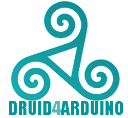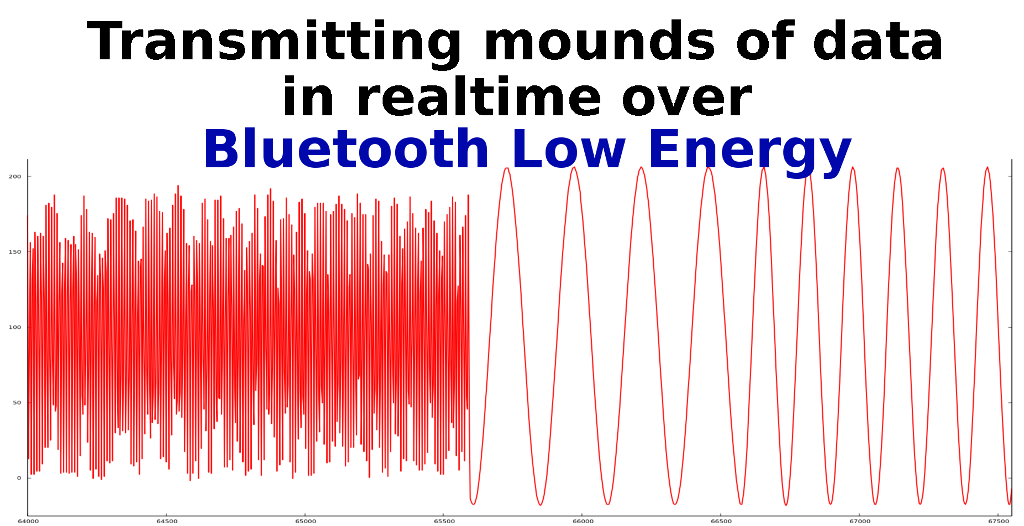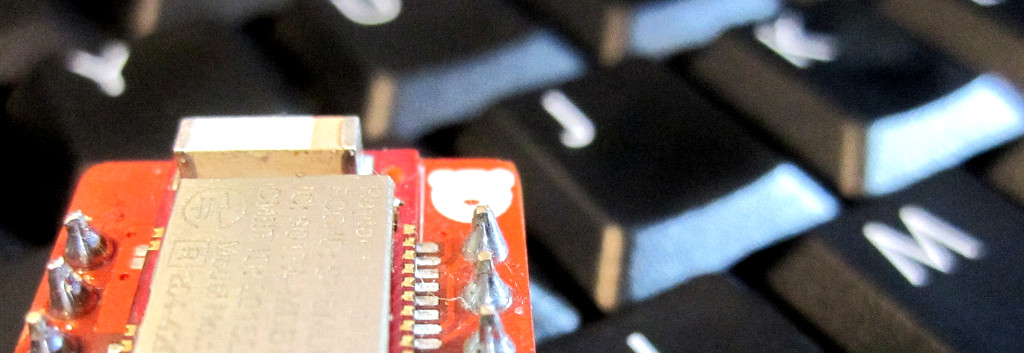Kicad is an cross-platform, open source, electronics design suite. I’d toyed with it in the past, but had never made it to actually designing real projects with it until recently. Here, I’ll go over my experience and initial impressions, and provide a few pointers and resources for anyone curious about trying it out. We’ll tour…
- by: Pat Deegan
- On
I recently received a little adjustable power supply, purchased off ebay for dirt cheap. It’s pretty nice, so if you’ve been considering something similar have a gander at the video: It can take between 4.5 and 23V in (recommended to stay below 20V) and has a 1.5V drop-out. It’s claimed that it can source up…
- by: Pat Deegan
- On
The vagaries of life and a few real clients got in the way of druid2 development until recently. I was all set to get going when the angry and fickle 4-legged god I live with changed my plans a bit… Thanks, kittie. I’d been thinking of a new laptop anyway and managed to get one…
- by: Pat Deegan
- On

Hallo all… An updated, more powerful and much improved versions of druid and SerialUI are on their way in the coming weeks. I’m looking for a few people who’d be willing to act as beta testers for the new versions–the more hardware, and platforms, you have access to, the better but any supported combination should…
- by: Pat Deegan
- On

My client needed to receive a relatively large amount of data on a mobile device, from an embedded system, and process it in near-realtime. The simplest method for communication with a whole host of mobile devices is to go over bluetooth low energy, but this protocol’s main concern is more about power conservation than throughput. …
- by: Pat Deegan
- On
After this tutorial, you’ll know “in your bones” how to deal with the weirder stuff, when it comes to time-dependent values. It’s easy to find formulas to plug into to for simple cases, like a steady DC voltage or nice sine waves with known peak values but what happens when things aren’t so straightforward? Say…
- by: Pat Deegan
- On

I’ve recently had to determining the frequency of some arbitrary repeating signal, from a stream of sampled values. In a simple universe, you could just wait for a specific value to come in–say the peak value–or monitor for the zero crossing or somesuch. However, the particulars in this case included the fact that, in addition…
- by: Pat Deegan
- On

Received a Hantek DSO-2090 USB oscilloscope today and put it through a few paces. Here are the results and my impressions from using the device a bit, as well as a few tips for working with it under Linux. The first thing to note is that, in terms of DSOs, this thing is dirt cheap…
- by: Pat Deegan
- On
As promised, the NanoKeys library has been made public and is now available on it’s own project page! One noteworthy change is a modification to the key send/key clear algorithm that allows for much quicker transmission of key strokes and a snappier user experience. Here’s a short clip of the new functionality in action: And…
- by: Pat Deegan
- On

I’m finishing up the docs for NanoKeys, a small BLE Nano (and probably any mbed BLE API supported devices) library that gives you an easy way to create a bluetooth low energy keyboard that you can pair with using any mobile device. The project page, code and documentation will be up shortly (in the projects…
